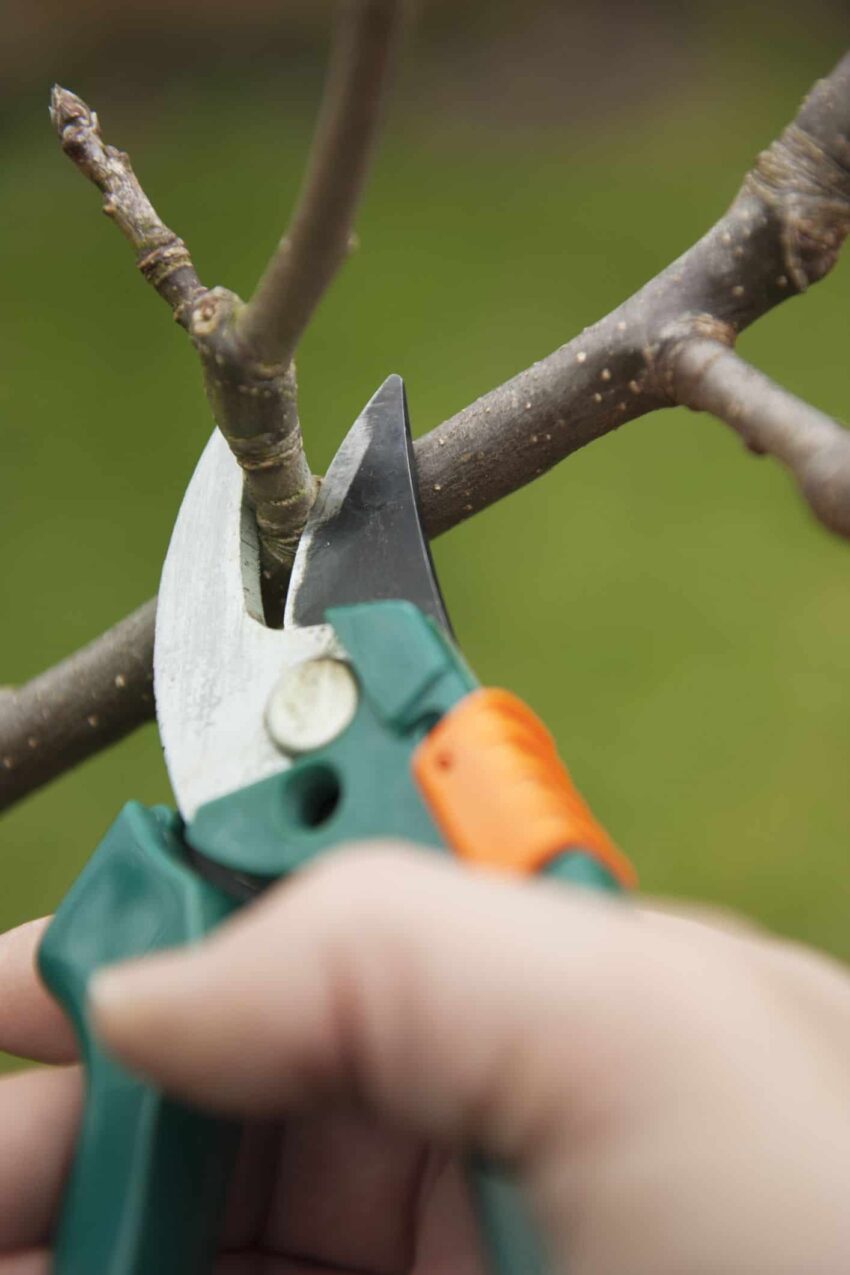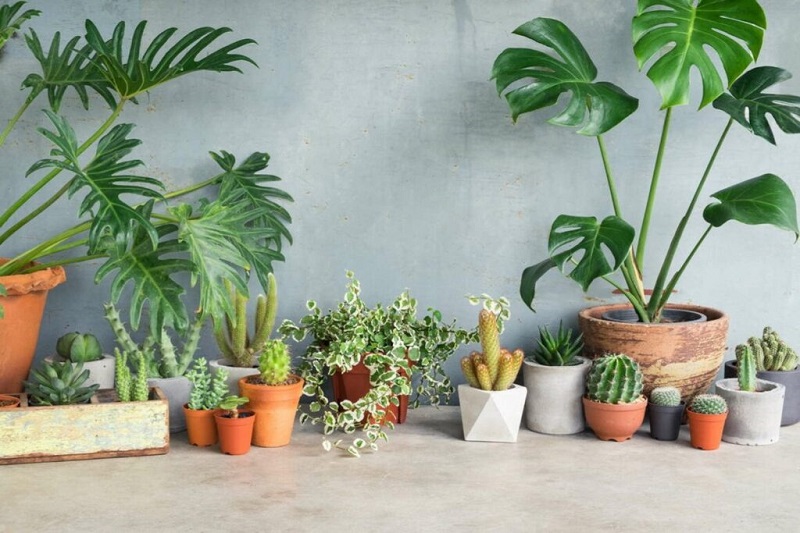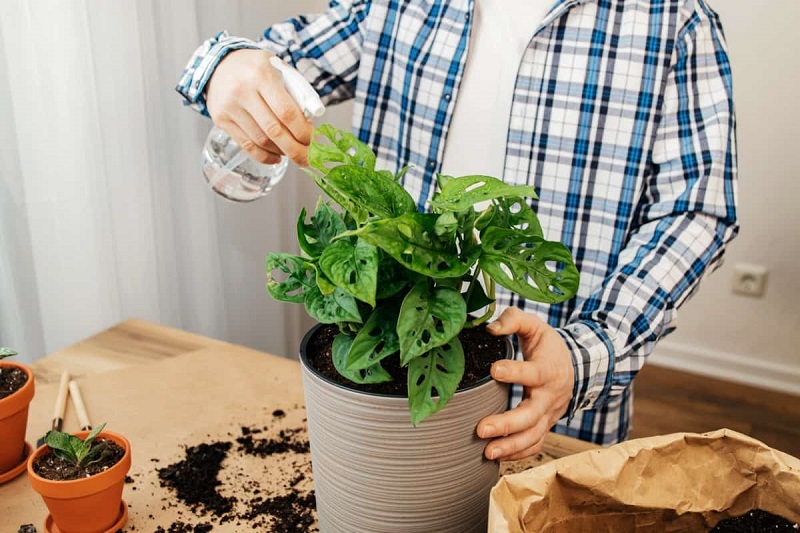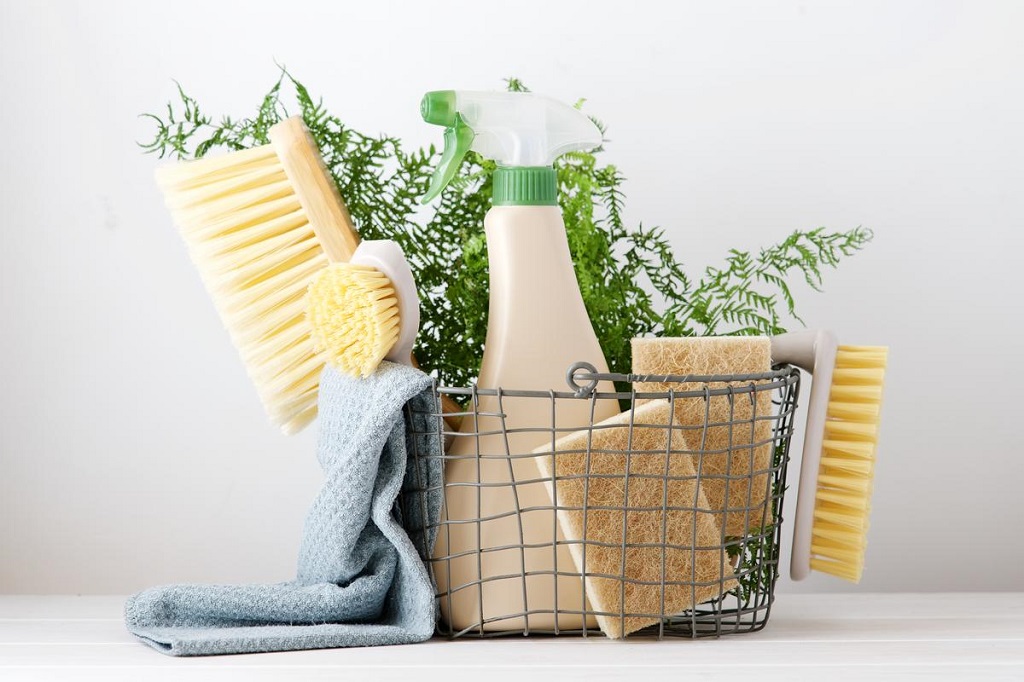Cassava, also known as yuca, is one of the most important crops in the tropics and a major source of food for many people. It is one of the most drought-tolerant plant species and grows well in poor soil conditions. Cassava can grow easily even without much water and has a high tolerance to pests and soil-borne diseases. It is frost-hardy, making it ideal for cultivation in cold climates. Besides, cassava can help reduce fertilizer use and environmental footprint. With increasing urbanization and a growing population, cassava farming has become an important option for food production.
When is the Best Time to Prune?

Pruning cassava leaves can be done 4 weeks before harvesting for optimal yield. Cutting back on cassava leaves helps to improve the appearance of the plant, increase nutrient availability and improve biolistic quality.
Another method of cassava pruning is debranching. For this, cassava should be cut into 2-3 times its length in the early stage of growth, when the plant is healthy and green. After cutting, cassava should be pruned at the desired height and thinning ratio.
Some cassava cultivators prefer to prune cassava roots with scissors or pruning shears after harvest because it delays the deterioration of cassava roots and also enhances shelf life.
However, pruning cassava leaves can also feed ruminant animals as a good source of protein and metabolite. Some cassava cultivators prefer to prune cassava with a sharp knife or sickle-bar mache after harvest because it reduces the plant’s susceptibility to postharvest physiological deterioration.
Benefits of Pruning Cassava
Although cassava is a popular staple plant in many parts of the world, it’s also known to be a difficult crop to grow. Many farmers have resorted to pruning the roots to create an avenue for the light to reach the cultivars buried under the soil. This helps in prolonging the harvest period and improving the nutritional value of the leaves and shoots.
The stem, which supports the cultivation of cassava, should be well-developed and sturdy. If it is shorter or thinner than desired, it may be pruned using a sharp blade or scissors. Pruning can also facilitate the mechanical harvesting of cassava roots. In this case, the stem needs to be cut at the base, so that it does not rot. This can help in extending its shelf life by creating more space for enzymes to break down starches into sugars.
It is also possible to intercrop cassava with other crops like corn, sunflowers, and potatoes. In this case, it is essential to provide suitable support for each of them by planting trellis or other edging structures around them. This will ensure that they are able to receive sufficient sunlight and nutrients. Overall, pruning cassava can be used as a strategy to improve its nutritional value and yield as well as facilitate its harvesting time
Expert Tips for Pruning Cassava
When pruning cassava, it’s important to heed the following tips. Firstly, it is vital to sanitize pruning tools thoroughly before and after use to avoid cross-contamination. This will prevent the spread of pests and diseases as well as improve the quality of the cut edges. Secondly, pruning cassava 12 months after planting helps improve root quality. This will promote healthier and thicker roots that are able to withstand harsher weather conditions and feed the plant with nutrients efficiently. Thirdly, pruning cassava stems can delay the occurrence of deterioration. By cutting away leaves and stems except for about 30 cm-high stems, plants are able to focus on growing taller and healthier without being distracted by unnecessary parts of the plant. Lastly, pruning cassava can be used to enhance healthy growth and development. It is vital to regularly monitor cassava plants for signs of pests and disease so that any issues can be addressed immediately. By following these tips, you can ensure that your cassava plant flourishes for years to come.
Common Mistakes to Avoid When Pruning
When it comes to cassava pruning, there are a few things you should avoid doing to ensure your plant is healthy and productive. Pruning cassava before harvest time isn’t as effective as pruning after the plant has reached full maturity. The plant’s leaves should be pruned in the rainy season to promote strong growth, but not during the dry season. Also, don’t prune cassava leaves when the plant is heavily saturated with water or when it’s approaching harvest time. This may cause the plant to set fewer fruit and reduce its overall yield.
By following these guidelines, you can ensure that your cassava plant is well-tended and fruitful throughout its lifespan.
Propagation Tips for Growing More Cassava
– When growing cassava, cuttings from mature plants can be taken in winter or spring for propagating more cassava plants.
– Soak the seed in water for 24 hours before sowing to speed up germination.
– Plant the cuttings in potting soil and in a location that receives indirect light.
– Keep the cuttings protected until the roots start to grow.
– Plant cassava in a warm, light area but not in direct sunlight.
– Make sure the soil is well-drained and doesn’t stay too moist.
– Harvest cassava when it’s young and tender, between 6 and 10 months old.
Cut cassava into pieces of 5 mm or less and plant them 2–3 cm apart in a pot filled with soil and water lightly.
Keep the cuttings protected until the roots start to grow. Once the roots are about 15 cm long, plant them directly into the soil at an angle of 45 degrees toward sunlight.
Harvest cassava when it’s young and tender, between 6 and 10 months old.
Temperature Considerations for Growing Cassava
Cassava (also known as yuca or manioc) is a fast-growing plant that can be grown indoors or outdoors. The ideal temperature for growing cassava is between 60 and 85 degrees Fahrenheit. Cassava requires full sun and warm weather for at least 8 months. The temperature drops below 60 degrees Fahrenheit can disrupt the harvest. Farmers can protect cassava plants from the cold by covering them with straw bales, straw, mulch, or an overhead shelter.
A pruning treatment can delay the occurrence of deterioration due to temperature drops. A good time to conduct such treatment is when cassava is about 3 months old. Growing cassava yuca from start to harvest can take up to 18 months and should be planted outside when temperatures are at least 70 degrees Fahrenheit.
Fun Facts about the Cassava Plant
Cassava is a plant native to the tropics of South America. It is known by different names, such as yuca, tapioca, and manioc. It grows up to 14 feet tall and 10 feet wide. The cassava plant has green stems and leaves and can have purple or white flowers. The only edible part of the cassava plant is its root, which is similar to a sweet potato. It has a thick flesh that can be orange or white in color. The tuber of the cassava plant can be 6-12 inches long and 2-4 inches thick at the fat end.
Cassava doesn’t need much care and it grows easily without any effort required on its part. It requires warm temperatures and ample sunlight for growth. However, it cannot tolerate cold temperatures or full sun exposure for long periods of time.
Conclusion
Cassava is a perennial plant that can be grown in tropical and subtropical regions. It is a nutritious crop that can be used to make food, fuel, and animal feed. Cassava plants produce cassava roots and stem after rainfall or with the help of fertilizer. The plant has low nutrient requirements, with cassava roots being rich in starch and starch-based products such as tapioca, manioc, fonio, and arrowroot. When pruning cassava for best growth, experts suggest pruning only the younger cassava stem stalks and keeping the older cassava stem stalk foliage intact. Plus, cutting the cassava root stem at the soil level helps ensure more cassava roots form from the plant. If you have any queries on cassava growing, comment below and we’ll get back to you.
If you like to read more click here








